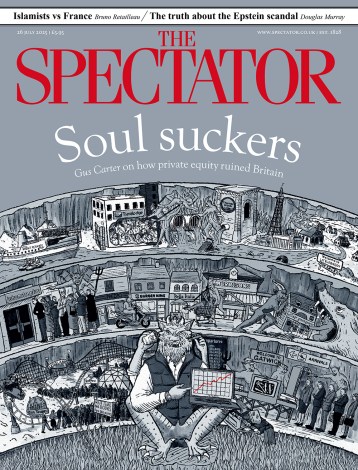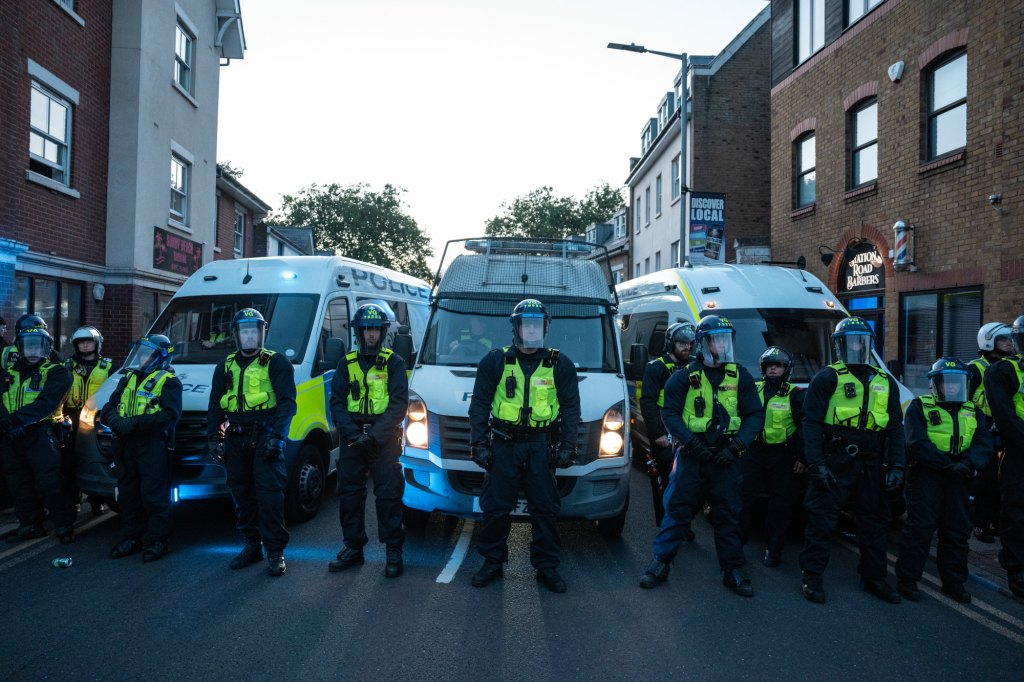When I heard that WH Smith was going to disappear from our high streets, I became a nostalgic mess. I was transported back to childhood trips to buy pencil cases before each school year began, weekend visits to browse football magazines, some of which I even bought, and those late December expeditions, feeling loaded as I arrived clutching the WH Smith tokens I’d been given for Christmas. God bless those generous, if not always imaginative, relatives! There’s still time to nip in and buy an Easter card before they shut their doors, but frankly, given how dreadful most greeting cards have become, why bother?
What we put on our mantelpieces shouldn’t be tat
The truth is that our love affair with the high street hero went sour ages ago. We started buying the stuff they sold online, and they responded by draining the charm out of their stores, which became cramped and ugly, with automated checkouts asking if we wanted chocolate or a broadsheet paper with our biros. The youngsters of today won’t feel wistful when they remember the WH Smith they knew.
They sold birthday cards, Christmas cards and Easter cards to the bitter end, but who even buys cards these days? They have become unremittingly terrible. They’re all silly digs at people (you’re old, you’re an alcoholic), toe-curling wordplay (happy bird-day next to a drawing of a parrot), saucy silliness (look – here’s a joke about breasts!), or the sort of pastel mush that even a ‘live, laugh, love’ poster designer would reject as too meaningless.
There are also hobby-themed cards, with a picture of a racing car, a set of golf clubs or someone kicking a football. Or pet-based efforts featuring cats or dogs. These are relevant at least but, unless the recipient is a small child, is this really the best we can do to tell someone we care about them? ‘You’ve got a dog – so here’s a generic illustration of a dog that looks nothing like yours. Loves ya!’
I went to buy a card for someone the other day and after ten minutes of dejected browsing, I concluded I didn’t hate anyone enough to buy any of the cards on offer. So I sent a text instead.
More people are sending texts or social media greetings on birthdays, so you’d think that the card sector would up its game to stay relevant in the face of these digital impostors. Instead, they’ve made their cards much worse and much more expensive. Lots of them now cost over £5 and, after six price rises in the past three years, it can set you back £3.15 to post them.
I’ll always be grateful to my mum for encouraging me to make my own greetings cards for people. I enjoyed the creativity and, having received handmade cards from my nieces, I now know how much more appreciated homemade efforts can be. I’ve tried to keep that spirit alive into adulthood, if only through the slightly lazy route of websites like Moonpig that allow you to design cards yourself online.
It seems to be the young and old that are keeping the sector alive, rather than those of us in between. Card Factory noted an increase in 16 to 24-year-olds buying cards since the pandemic, with numbers up 14 per cent in 2023 alone. There is a theory that lockdown might have pushed young people towards non-digital greetings, or that cards are another tangible analogue item, like vinyl records and elegant notebooks, that are making a comeback.
Figures from Hallmark found 63 per cent of 18 to 35-year-olds planned to send more Christmas cards last year than in 2023. Grandparents also still love charity Christmas and Easter cards; a spot of virtue signalling for those who don’t use social media.
Card lovers say that you can’t put a text message on the mantelpiece, which is true, but what we put on our mantelpieces shouldn’t be tat. The amount of card used over Christmas in the UK could cover Big Ben 260,000 times. Can what we display be a little less ridiculous?







Comments